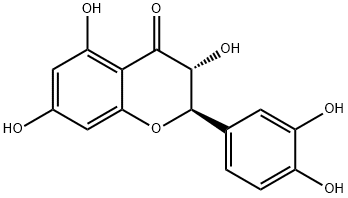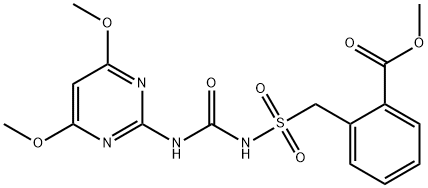Dihydrocapsaicin , 90% , 19408-84-5
Synonym(s):
N-[(4-Hydroxy-3-methoxyphenyl)methyl]-8-methylnonenamide;6,7-Dihydrocapsaicin;8-Methyl-N-vanillylnonanamide;Dihydrocapsaicin
CAS NO.:19408-84-5
Empirical Formula: C18H29NO3
Molecular Weight: 307.43
MDL number: MFCD00057794
EINECS: 606-308-7
| Pack Size | Price | Stock | Quantity |
| 25MG | RMB470.40 | In Stock |
|
| 100MG | RMB1063.20 | In Stock |
|
| others | Enquire |
PRODUCT Properties
| Melting point: | 62-65 °C(lit.) |
| Boiling point: | 497.4±35.0 °C(Predicted) |
| Density | 1.026±0.06 g/cm3(Predicted) |
| storage temp. | Sealed in dry,2-8°C |
| solubility | H2O: insoluble |
| pka | 9.76±0.20(Predicted) |
| form | White to off-white solid. |
| color | White to off-white |
| BRN | 2815150 |
| InChIKey | XJQPQKLURWNAAH-UHFFFAOYSA-N |
| LogP | 3.556 (est) |
| CAS DataBase Reference | 19408-84-5(CAS DataBase Reference) |
| EPA Substance Registry System | Dihydrocapsaicin (19408-84-5) |
Description and Uses
Dihydrocapsaicin is a terpene alkaloid that has been found in Capsicum and has diverse biological activities. It is active against E. faecalis, B. subtilis, S. aureus, P. aeruginosa, K. pneumoniae, E. coli, and C. albicans (MICs = 0.6-10 μg/ml). Dihydrocapsaicin scavenges DPPH and ABTS radicals in cell-free assays. It increases LC3-II, a marker of autophagy, and catalase levels and reduces reactive oxygen species (ROS) production in normal WI38 lung fibroblasts and H1299, but not A549 or H460, lung cancer cells when used at a concentration of 200 μM. Dihydrocapsaicin is an agonist of transient receptor potential vanilloid 1 (TRPV1) and inhibits NETosis induced by phorbol 12-myristate 13-acetate (TPA; ) in isolated human neutrophils. It induces cortical and systemic hypothermia and reduces infarct volume in a rat model of ischemia-reperfusion injury induced by middle cerebral artery occlusion (MCAO) when administered at a dose of 0.5 mg/kg, i.p.
Dihydrocapsaicin has been used as a reference standard for the identification of dihydrocapsaicin in blood and tissue samples by high performance liquid chromatography (HPLC) combined with tandem mass spectrometry (MS) and in tomato-based salsas by enzyme immunoassay (EIA) and LC with fluorescent detection.
It may be used as a reference standard for the determination of dihydrocapsaicin in Capsicum fruit samples by HPLC equipped with a Surveyor photodiode array (PDA) detector and in rat plasma by HPLC-triple quadrupole MS with electrospray ionization (ESI) in selected reaction monitoring (SRM) mode.
Safety
| Symbol(GHS) |  GHS06 |
| Signal word | Danger |
| Hazard statements | H301-H315-H319-H335 |
| Precautionary statements | P261-P301+P310-P305+P351+P338 |
| Hazard Codes | T |
| Risk Statements | 25-37/38-41-42/43-36/37/38 |
| Safety Statements | 22-26-28-36/39-45-36/37/39 |
| RIDADR | UN 2811 6.1/PG 2 |
| WGK Germany | 3 |
| RTECS | RA8530000 |
| F | 10-21 |
| HazardClass | 6.1(a) |
| PackingGroup | II |
| HS Code | 29399990 |



